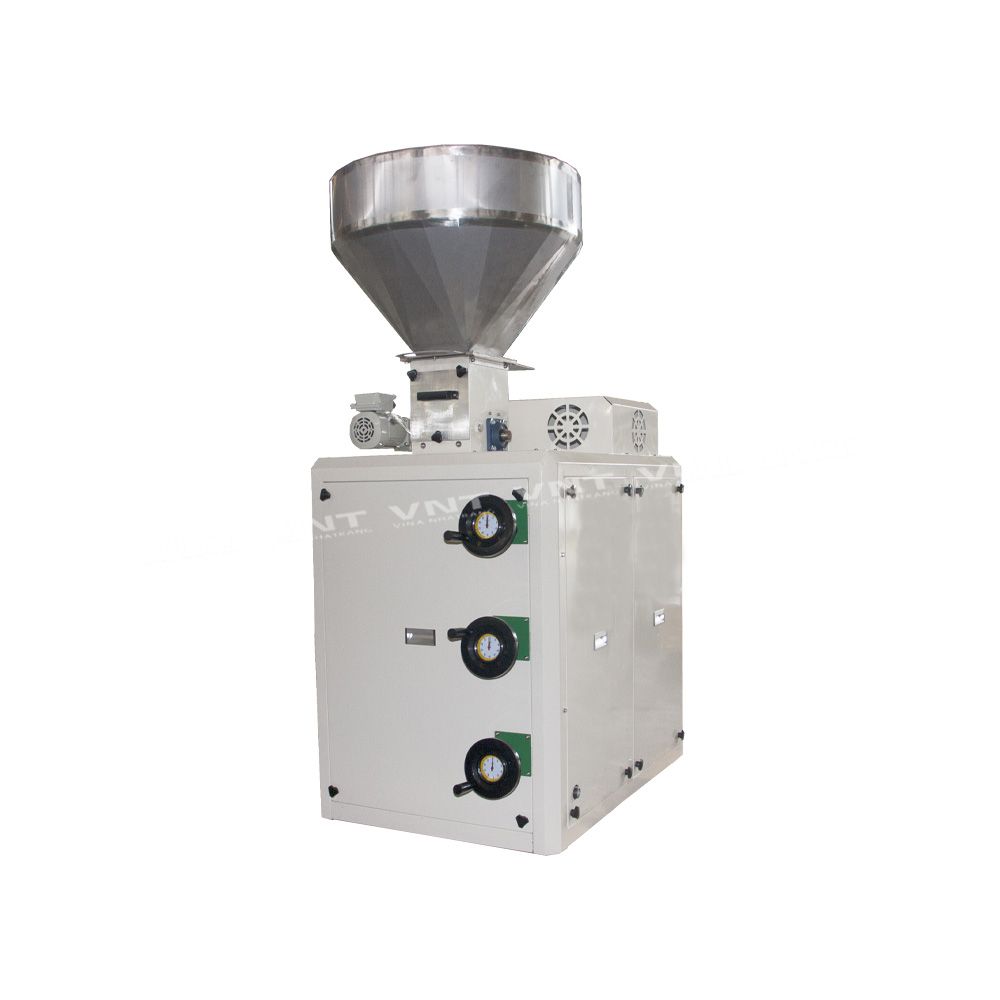Industrial Coffee Grinder Guide: Increase Effectiveness and Quality
In the competitive landscape of coffee production, selecting the right industrial coffee mill plays an essential function in improving both efficiency and product quality. Understanding the subtleties of various grinder types and essential functions-- such as customizable work setups and durable building and construction-- can dramatically affect the final flavor profile of the coffee.
Understanding Mill Kinds
When selecting an industrial coffee mill, comprehending the different kinds readily available is critical for maximizing both taste extraction and functional performance. Both primary kinds of mills are blade mills and burr mills. Blade grinders make use of sharp blades that slice coffee beans right into irregular sizes, leading to irregular removal and potentially undesirable tastes. While blade mills are usually much more budget friendly and ideal for small procedures, they are normally not recommended for commercial use.

Ultimately, picking the ideal sort of grinder is indispensable to maintaining top quality and efficiency in coffee manufacturing, making it necessary for companies to purchase top notch burr grinders for ideal outcomes.
Secret Attributes to Consider
Choosing a commercial coffee mill needs cautious factor to consider of several essential attributes that can substantially affect both efficiency and the overall coffee experience. One of the main aspects to assess is the grinding system. Burr mills are usually preferred over blade mills, as they give a consistent grind size, which is important for ideal extraction and taste.
Another vital attribute is the grinder's capacity. Relying on the quantity of coffee you need to procedure, pick a version that can manage your needs without sacrificing speed or high quality. Furthermore, think about the work settings provided. A functional grinder with multiple setups permits you to customize the work dimension to various developing techniques, improving the coffee's flavor profile.
The construction product likewise plays a function in resilience and maintenance. Stainless steel parts usually offer long life and are less complicated to clean up, which is important for maintaining health criteria. Finally, assess the mill's sound degree, specifically in a hectic café or production setting, where too much sound can be disruptive. Spending in a grinder that stabilizes these features can considerably improve both functional effectiveness and the quality of the coffee served.
Optimizing Grinding Refine
To attain the finest outcomes in coffee preparation, enhancing the grinding process is crucial. The work visit this page dimension substantially affects removal, taste, and overall quality of the made coffee.


Additionally, keeping an eye on the grinding rate can maximize the procedure. Slower grinding commonly generates less heat, preserving fragile tastes and scents. On the other hand, weblink faster grinding may produce excessive heat, negatively influencing the coffee's quality.
Upkeep and Treatment Tips
Appropriate maintenance and care of commercial coffee grinders are vital for making sure ideal performance and durability. Regular cleansing is the structure of maintenance; deposit build-up can impact flavor and grinding effectiveness. It is a good idea to clean the grinder after each use, cleaning down the exterior and eliminating any coffee premises from the burrs.
Additionally, evaluate the grinding burrs for deterioration. Plain burrs can compromise grind consistency, so they ought to be changed as required. Industrial Coffee Grinder. Regularly calibrating the grinder is also vital, as this keeps the preferred grind size for numerous brewing techniques
Lubrication of moving components should be carried out according to the supplier's requirements, as this reduces friction and extends the life of the tools. It is vital to utilize food-grade lubricants to guarantee safety and compliance with wellness laws.
Lastly, maintain the grinder in a dry and secure environment to prevent corrosion and deterioration. By adhering to these maintenance and care suggestions, drivers can enhance the performance of their industrial coffee grinders while making certain high-grade result and prolonged functional life.
Return on Investment Evaluation
Evaluating the return on investment (ROI) for industrial coffee mills is crucial for companies looking for to enhance their coffee manufacturing capacities. A comprehensive ROI analysis aids figure out the financial stability of investing in top notch mills, allowing companies to evaluate the preliminary prices versus prospective gains.
To conduct a thorough ROI evaluation, businesses should think about a number of vital elements. First, examine the purchase cost of the mill, consisting of installation and any kind of essential modifications to existing framework. Next, determine operational costs, including energy usage, upkeep expenses, and labor effectiveness improvements. High-performance mills typically lead to minimized grinding time and increased throughput, which can dramatically enhance performance.
Furthermore, think about the influence on product top quality. Industrial Coffee basics Grinder. Superior mills produce a more consistent grind size, which can boost flavor profiles and customer satisfaction, inevitably driving sales. By boosting the top quality of the end product, services can justify greater pricing, bring about enhanced income
Conclusion
In recap, a commercial coffee grinder plays a pivotal function in improving both performance and item quality within coffee manufacturing. Eventually, the tactical investment in a dependable grinder contributes dramatically to boosted revenue and competitiveness in the coffee industry.
In the competitive landscape of coffee manufacturing, selecting the best industrial coffee mill plays a critical function in enhancing both effectiveness and product top quality. The 2 key kinds of grinders are blade grinders and burr grinders. Within the burr grinder category, there are flat burr mills and cone-shaped burr mills, each with its benefits. Burr grinders are generally chosen over blade mills, as they give a constant grind dimension, which is critical for optimum extraction and flavor.
In recap, an industrial coffee mill plays a crucial duty in improving both efficiency and item high quality within coffee manufacturing.